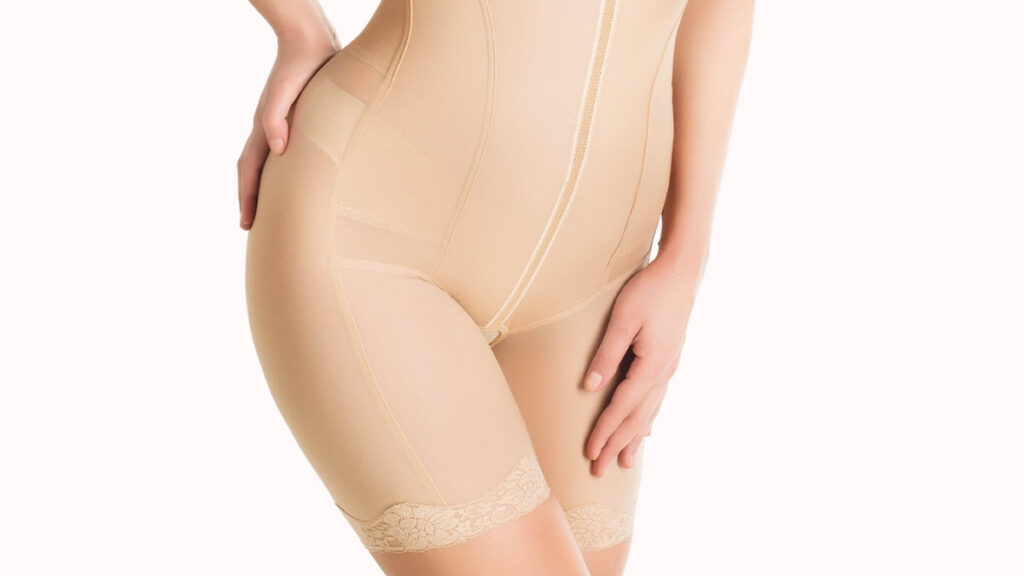Undergoing liposuction can be a transformative experience, helping individuals achieve a more sculpted and defined body shape. However, the recovery period plays a crucial role in determining how successful the procedure will be. Among the most essential post-surgical tools are compression garments, which aid in healing, reduce swelling, and shape the body during recovery. One of the most frequently asked questions by patients is when to wear compression garments after liposuction and for how long. Understanding the timing, duration, and importance of wearing these garments can significantly affect your comfort and final results.
Why Compression Garments Are Essential After Liposuction
After liposuction, the body experiences swelling, bruising, and fluid accumulation due to the removal of fat cells. Compression garments are specifically designed to provide gentle, even pressure over the treated areas, helping minimize these side effects.
By reducing fluid buildup, they also lower the risk of developing seromas (pockets of fluid under the skin). Furthermore, they promote proper blood circulation, which accelerates healing and minimizes the chance of infection. Wearing a properly fitted garment ensures the skin adheres smoothly to the body’s new contours, resulting in more even and natural-looking results.
Many doctors stress that knowing when to wear compression garments after liposuction can make the difference between a smooth recovery and prolonged discomfort. These garments not only provide physical support but also help reduce pain, inflammation, and overall healing time.
The Immediate Post Operative Phase
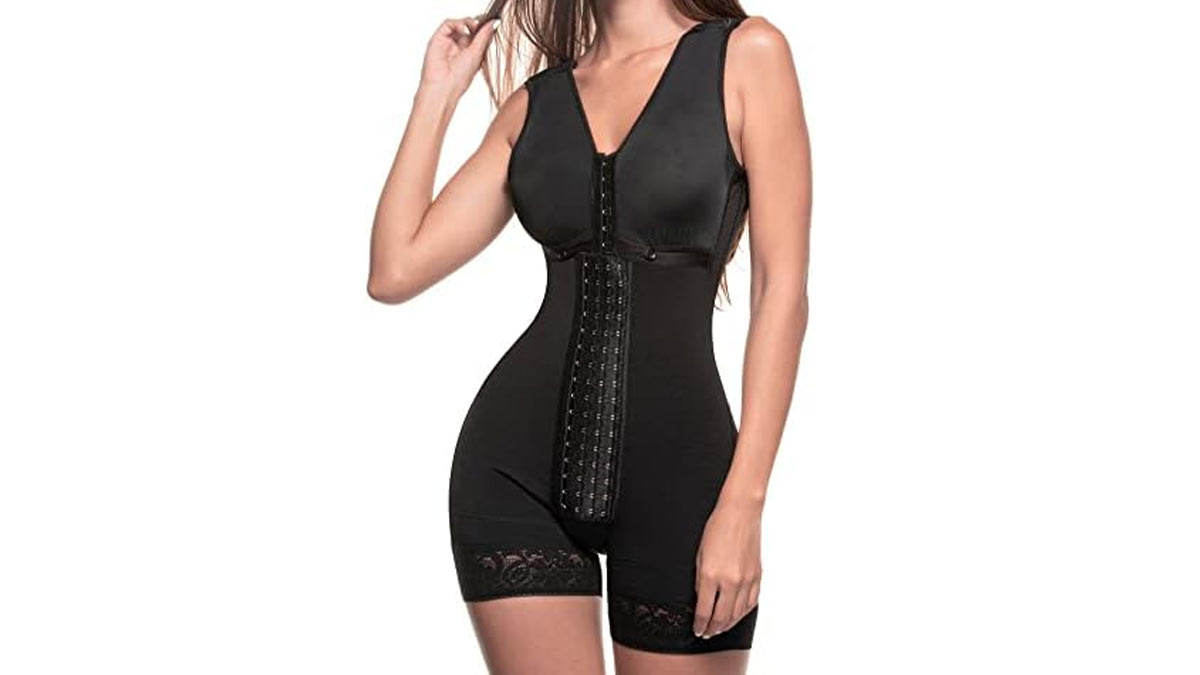
Compression garments are usually worn immediately after the procedure, often while the patient is still under medical supervision. This early use helps the body adapt to its new shape and reduces initial swelling. Most surgeons recommend wearing the garment continuously for the first 48 to 72 hours, except when showering.
In this phase, the body’s tissues are adjusting to the fat removal and beginning to heal. Any disruption, such as removing the garment too early, could lead to uneven swelling or fluid accumulation. Therefore, patients must follow their surgeon’s timeline carefully and understand the exact when to wear compression garments after liposuction instructions given by their medical provider.
During this period, some patients may notice skin discoloration or tenderness. These symptoms are often linked to reasons for bruising after liposuction, which result from small blood vessels breaking during the fat extraction process. Compression garments help control this by applying consistent pressure, promoting better blood flow, and minimizing bruising.
The First Two Weeks: Crucial for Healing
The first two weeks after liposuction are the most critical for recovery. Most surgeons recommend wearing the compression garment for 24 hours a day, removing it only for short periods to clean the body and wash the garment. This consistent compression helps maintain reduced swelling and prevents loose skin from forming.
The garment also acts as a supportive layer that reduces movement in the treated area, protecting the newly contoured tissues. Even though it may feel tight at first, this sensation usually becomes more comfortable over time.
At this stage, your awareness of when to wear compression garments after liposuction becomes essential. Stopping too early can lead to uneven results, while continuing properly ensures smoother contours. Similarly, just like the benefits seen in other medical situations such as Reasons to wear compression garments after a leg fracture proper pressure improves circulation, prevents complications, and supports tissues as they heal.
Transitioning to Partial Wear: Weeks Three to Six
After the first couple of weeks, your swelling will likely start to decrease, and your body will adjust to its new contours. However, this does not mean it’s time to stop wearing your compression garment altogether. In fact, most surgeons recommend continuing to wear it for up to six weeks, though you may reduce the duration to 12–18 hours a day.
During this stage, compression remains important to maintain the shape of the treated area and prevent fluid buildup. Consistency will ensure that your results are stable and long-lasting. Knowing when to wear compression garments after liposuction and gradually transitioning out of them allows your body to adjust naturally.
This phase can also bring emotional comfort. Many patients report that compression garments give them a sense of security and reduce post operative anxiety, similar to the support experienced in Wearing Daily Shapewear After Gastric Bypass, where patients use garments to help the body adjust after major physical changes.
The Long Term Phase: Maintaining Shape and Results
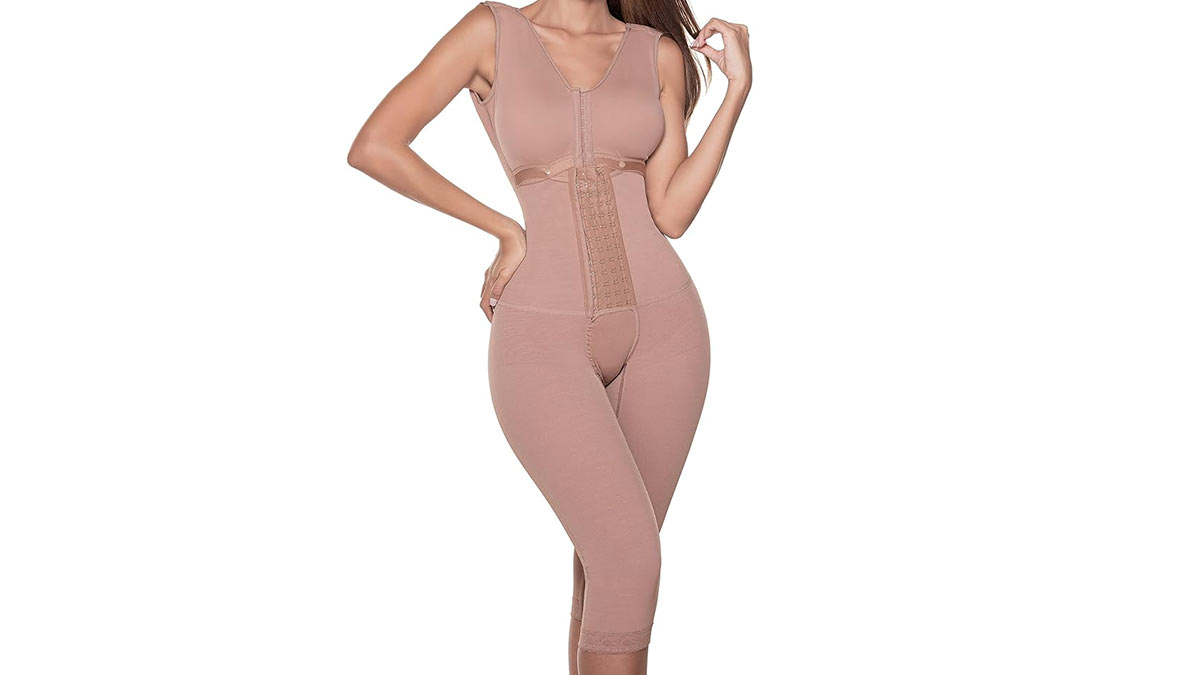
Around the six-to-eight-week mark, your surgeon may allow you to stop wearing compression garments regularly. However, some people choose to continue wearing them during exercise or long hours of standing to support circulation.
At this stage, the focus is no longer on immediate healing but on maintaining your results. Compression can help keep your contours smooth and prevent minor swelling that may occur even months after surgery.
Understanding when to wear compression garments after liposuction doesn’t end with the initial recovery it extends into your long-term body care routine. Maintaining occasional compression can help your results remain stable and aesthetically pleasing.
Choosing the Right Compression Garment
Not all compression garments are made the same. Selecting the right type, fit, and material ensures comfort and effectiveness. Here are key considerations:
- Material: Choose breathable fabrics like spandex or nylon blends that allow air circulation and wick away moisture.
- Fit: It should be snug but not overly tight. Too much pressure can restrict circulation, while too little reduces effectiveness.
- Coverage: Depending on the treated area (abdomen, thighs, arms, etc.), select garments that provide appropriate coverage.
- Ease of Use: Look for designs with zippers or hook-and-eye closures for easier removal.
- Doctor’s Recommendation: Always follow your surgeon’s advice regarding brand and style.
Choosing wisely ensures that your healing process remains comfortable and effective, reinforcing the importance of understanding when to wear compression garments after liposuction at every stage of recovery.
The Science Behind Compression
Compression garments work based on simple yet powerful physiological principles. When pressure is applied to the tissues, it helps minimize capillary leakage, reduces interstitial fluid, and improves lymphatic drainage. This process prevents fluid retention and supports quicker recovery.
In addition to these effects, compression stabilizes the skin and underlying tissues, preventing wrinkles, sagging, or irregularities that may appear after fat removal. It’s this science that underlies The Benefits of Compression Garments for Health and Well-being, which extend far beyond cosmetic surgery. These garments are widely used in sports, orthopedics, and vascular medicine to enhance circulation, speed up recovery, and improve overall body function.
What Happens If You Don’t Wear Compression Garments?
Neglecting to wear your compression garment or stopping too soon can lead to several complications. These may include:
- Persistent swelling and fluid accumulation
- Uneven contours or asymmetry
- Skin irregularities and sagging
- Extended bruising and tenderness
- Delayed healing and discomfort
Skipping or shortening your garment usage interferes with your body’s ability to heal properly. Therefore, adhering to the timeline of when to wear compression garments after liposuction is essential to avoid these problems and ensure optimal results.
Comfort and Hygiene Tips
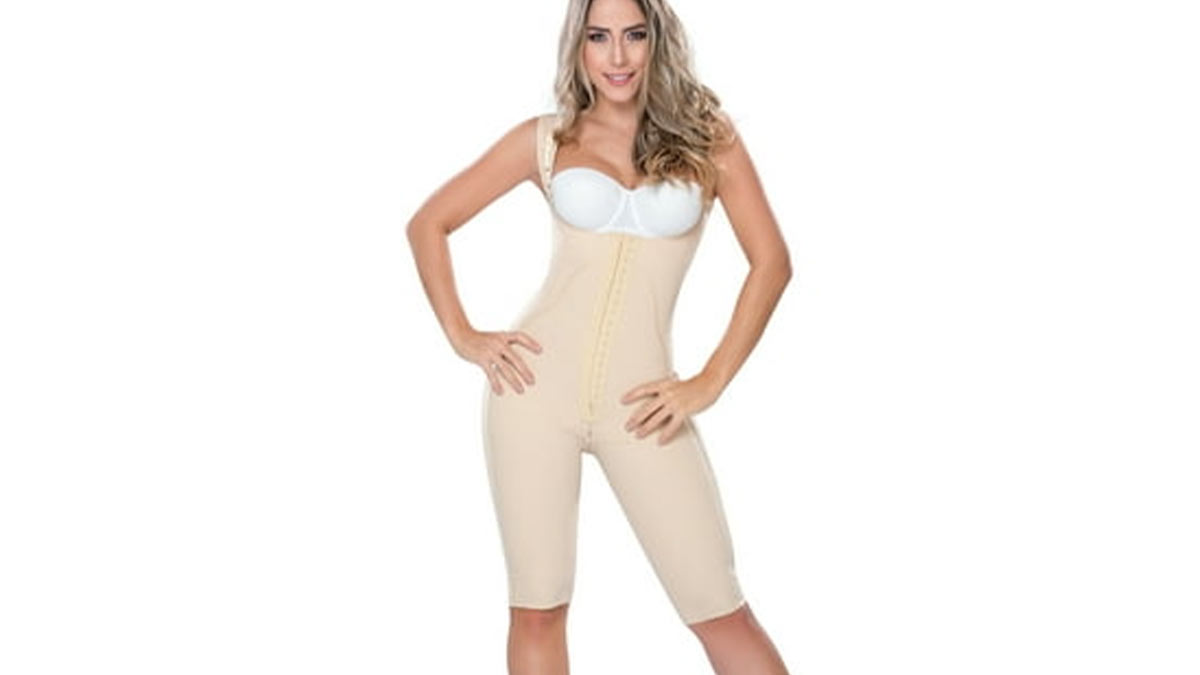
- Wearing compression garments for several weeks can be challenging, but following a few practical tips can improve your comfort:
- Use two garments: This allows you to alternate while washing one.
- Keep skin dry: Moisture can cause irritation; wear a thin cotton layer underneath.
- Avoid applying lotions under the garment, as they can cause rashes.
- Clean daily: Maintain hygiene to prevent bacteria growth.
- Stay hydrated: Water helps reduce swelling naturally.
These steps ensure that your experience with compression garments is as comfortable and hygienic as possible, helping you focus on your recovery and not on discomfort.
Comparing Compression Across Procedures
Compression garments are not exclusive to liposuction recovery. They are also widely used in other surgeries and medical conditions. For example, in fat transfer procedures, compression helps stabilize grafted tissues, while in orthopedic cases, it supports injured limbs.
The versatility of compression shows how crucial it is across multiple fields of medicine. The same principles that define when to wear compression garments after liposuction apply to many other recovery situations. This universal role in recovery underscores why these garments are considered a standard in post-surgical care worldwide.
Listening to Your Surgeon
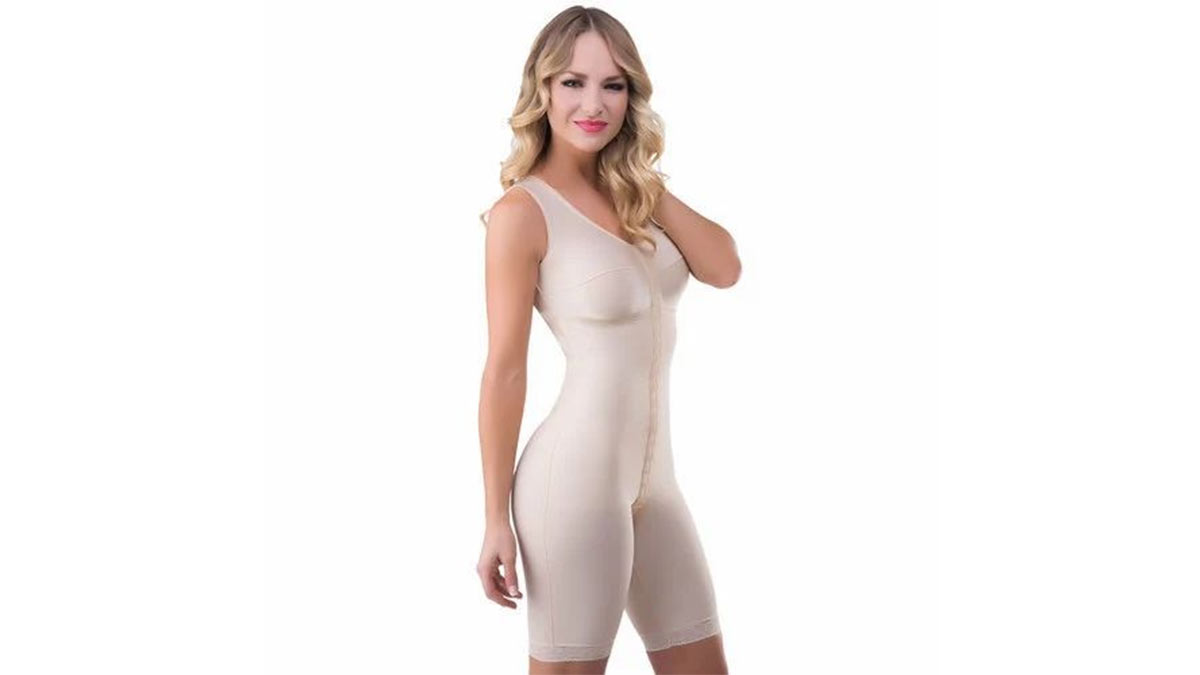
While general guidelines exist, your body’s unique needs should guide how long and how often you wear your garment. Surgeons assess factors such as the treated area, the volume of fat removed, and individual healing speed.
Always prioritize your surgeon’s advice over online suggestions. If you experience discomfort, excessive tightness, or numbness, consult your doctor immediately. Personalized care ensures that the timeline of when to wear compression garments after liposuction fits your body’s healing pattern.
There are many myths about compression garment use. Some believe that wearing them tighter will make recovery faster, but this can actually restrict blood flow and delay healing. Others assume that removing the garment early won’t matter, yet premature discontinuation can lead to uneven results.
The truth lies in moderation and medical guidance. Wearing your garment properly, as instructed, ensures you get the benefits without unnecessary complications.
Final Thoughts
Recovering from liposuction requires discipline, patience, and knowledge. The process doesn’t end in the operating room it continues through the careful steps of post-operative care. Among these steps, learning when to wear compression garments after liposuction is one of the most important.
These garments do far more than compress; they sculpt, support, and speed up your recovery while minimizing discomfort. By wearing them correctly and consistently, you ensure that your results remain long-lasting and beautiful.
Whether you’re at the beginning of your recovery or nearing the end, continue to listen to your body and follow your surgeon’s advice. Remember, successful healing comes from consistency, care, and understanding exactly when to wear compression garments after liposuction.







